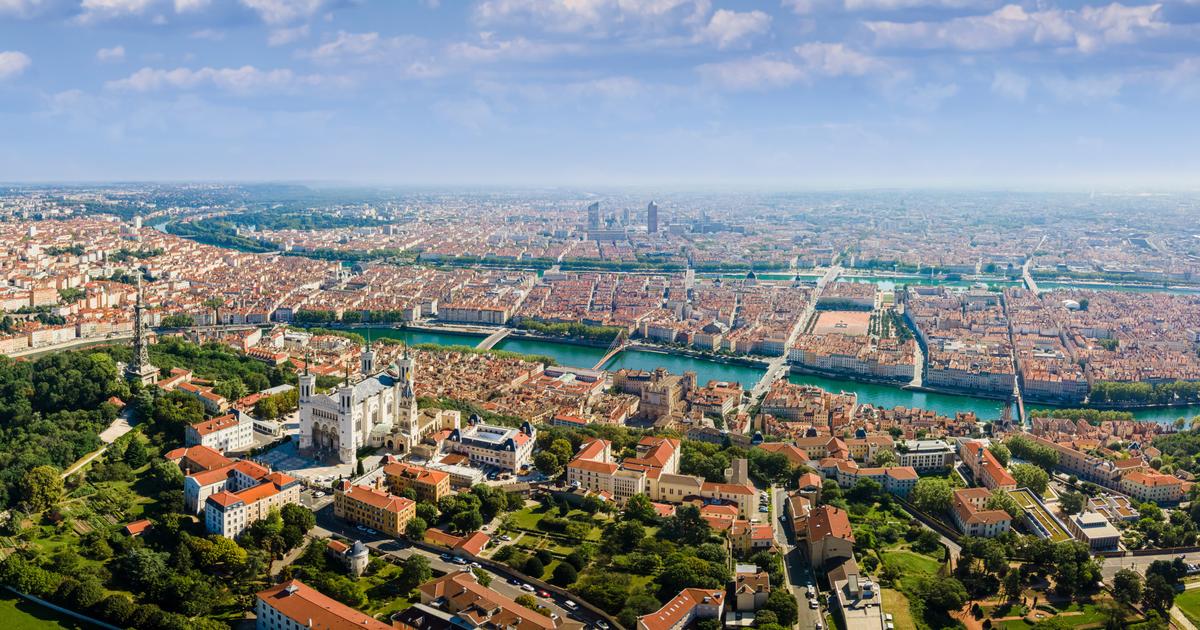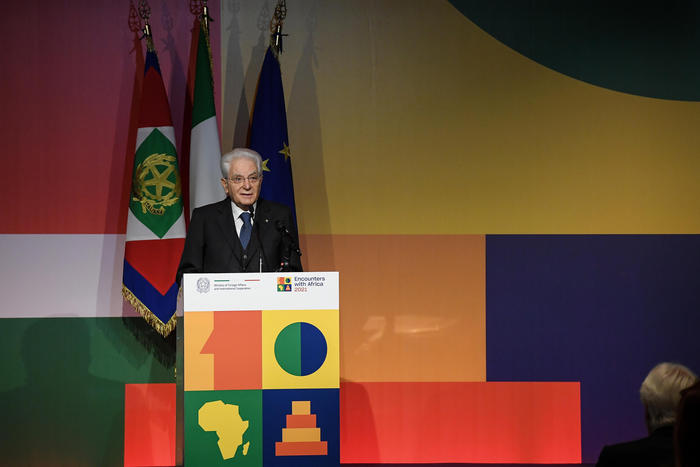China has a long history of developing a unique civilization.
After a long period of isolation, the modern People's Republic is now experiencing rapid economic growth and modernization in record time.
The modern People's Republic of
China
was founded on October 1, 1949.
China is the most populous country on earth.
The
state
has been led by the
Communist Party
since it was founded
.
Beijing - Since the dawn of the new millennium,
China
has seen unprecedented economic growth and modernization at record speeds.
Many Chinese were able to rise from poverty to the middle class, but the repressive
policies of
the
Communist Party
repeatedly led to criticism, especially abroad.
China: The History of the Empire
China
is one of the oldest cultures in the world.
As early as the 5th century BC
BC
Confucius
spread
his teaching, which is the basis of Chinese thought to this day.
The era of the Chinese Empire begins with the Qin Dynasty.
Qin Shihuangdi
settled in 221 BC.
Chr. As the first "God Emperor of China" and carried out numerous reforms.
He had the writing standardized and the Great Wall of China built to protect against enemies from the north.
His grave goods include the famous terracotta army with around 8,000 life-size warriors, which is now the greatest tourist attraction in Xi'an, the capital of the Qin Dynasty.
It was followed by the Han dynasty, which conquered numerous territories and maintained trade relations with the Roman Empire.
After her, the Chinese people are also known as Han Chinese.
After the death of the last Han emperor, his empire was divided into three parts.
China in the Middle Ages
In the Middle Ages,
China was
far ahead of the West in terms of development.
Long before the Europeans, the Chinese invented things like paper, porcelain, letterpress printing and black powder.
In the early 13th century, the Mongol ruler
Genghis Khan began
campaigns against his neighbors and founded an empire that stretched from the Pacific to the Mediterranean.
His grandson
Kublai Khan
proclaimed himself Emperor of China in 1271 and founded the Yuan Dynasty.
He made Beijing his seat under the name Dadu. One of his most famous guests was the Venetian
Marco Polo
, who was the first European to travel the Silk Road and to import Chinese goods into Europe for the first time.
The Yuan Dynasty was followed by the Ming Dynasty in 1368, which led to a great boom.
Emperor Yongle
settled in Nanjing (literally: southern capital) and completely rebuilt
Kublai Khan's
Dadu under the name Beijing (northern capital).
In his time, the Temple of Heaven and the Forbidden City were built as the new Imperial Palace.
The Qing, who invaded northern Manchuria, eventually succeeded the Ming and became the last imperial dynasty in Chinese
history
.
China and the Europeans
China
first flourished
under the Qing
, but from the 19th century onwards there were tensions with European nations.
In particular, the British
East India Company
had run a large trade deficit by importing Chinese tea.
To compensate, they brought massive amounts of opium from their Indian crown colony to China, which was addicting to millions of Chinese.
Two so-called opium wars followed, both times ending in a painful defeat for China.
In 1842 the Emperor had to cede Hong Kong as a colony to Great Britain and open further ports for international trade.
Further wars and internal uprisings followed until the two-thousand-year-old Empire was finally
history in
1911
.
China in the 20th century
Sun Yat-sen
proclaimed the Republic of
China
on January 1, 1912
, but was unable to establish it.
Various rivalries in the struggle for power culminated in the Chinese Civil War in 1927, which only paused during the Japanese occupation in World War II.
After the defeat of the Japanese, the conflict continued.
On one side stood the
nationalist
Kuomintang
party led
by
Chiang Kai-shek
, which
wanted to establish the republic founded
by
Sun Yat-sen
, on the other side stood the communists under
Mao Zedong.
After the communist victory in 1949, the nationalists fled to the island of Taiwan and founded the independent
Republic of China there
.
The communist
People's Republic of China was established
on the mainland
,
and with its one-China policy it still lays claim to Taiwan today.
Mao Zedong
introduced a so-called democratic dictatorship in the People's Republic, which, however, soon resulted in repression.
From 1958 to 1961, the communist government planned the “great leap forward” to mobilize the masses.
Mismanagement turned the leap into a major famine that killed up to 45 million Chinese.
Despite the failure, Mao unwaveringly continued his
policy in
1966 with the "Great Proletarian Cultural Revolution".
Strangely enough, the rapprochement with the capitalist
USA did occur
:
a common enemy had been discovered
in the
Soviet Union
.
China today: the transition to an economic power
The Cultural Revolution ended with Mao's death in 1976.
Under his successor
Deng Xiaoping
, the
state
began cautious reforms towards a socialist market economy from 1977.
The real economic boom began in 1984 with the opening of the coastal cities of Shanghai, Guangzhou and Tianjin to international trade.
In 2001
China
joined
the World Trade Organization (WTO) and became the “workbench of the world” due to its low production costs.
In foreign trade, China is pursuing an aggressive
policy designed
to strengthen its own position worldwide.
In 2013, President
Xi Jinping announced
the “One Belt One Road” project, which included a new silk road on rails.
Since 2011, trains have been able to travel 11,000 kilometers overland from Duisburg to Chongqing.
China: Communist Party Policy
The People's Republic of
China
is still centrally
governed
by the
Communist Party (CP)
.
Its general secretary,
Xi Jinping,
is also the country's president.
A two-term limit in office was lifted in 2018 so that
Xi Jinping
can rule until the end of his life.
He chairs the
National People's Congress
, whose 3,000 members meet once a year.
International organizations still denounce human rights violations in China and a lack of freedom of the press.
Numerous western internet portals are completely banned in China or are
strictly censored
by the
state
.
China: population and language
China
is the most populous country in the world and has about 1.4 billion inhabitants.
Due to the rapid population growth from 1949 onwards, the
state introduced
a rigid one-child policy from 1979, which allowed each couple only one child.
In the meantime,
politics has
been relaxed somewhat due to the aging of society: parents are allowed to have two children again.
The Chinese
population
is made up of 56 officially recognized ethnic groups.
The most important at a glance (as of 2010):
rank |
Ethnicity |
number |
Share of the population in percent |
1 |
Han |
1,220,844,520 |
91.60 |
2 |
Zhuang |
111.966.349 |
8.4 |
3 |
Hui |
16,926,381 |
1.27 |
4th |
Manchu |
10,586,087 |
0.79 |
5 |
Uighurs |
10,387,985 |
0.78 |
In total there are 297 languages and dialects in the multi-ethnic state of China.
The main
language
is Mandarin, spoken by 900 million Chinese as their mother tongue and is the only official language of China.
Other important languages are Wu, the language of the coastal region around Shanghai and Hangzhou, and Yue (Cantonese), the language of the south around Hong Kong and Guangzhou.
China: geography and cities
As the fourth largest
country
in the world has
China
over a varied
geography
.
In the north, barren steppes dominate, in the west the peaks of the Himalayas rise and in the extreme south the climate is already tropical.
The highest mountain in the country is also the highest in the world: Mount Everest (Qomolangma in Chinese), 8,844 meters high, lies on the border with Nepal.
The Yangtze is the third longest river in the world and runs through China for 6,300 kilometers from west to east.
The largest
cities in
China at a glance (as of 2010):
rank |
Surname |
population |
1 |
Shanghai |
20,217,748 |
2 |
Beijing |
16,446,857 |
3 |
Guangzhou |
10,641,408 |
4th |
Shenzhen |
10,358,381 |
5 |
Tianjin |
9,290,263 |
Guangzhou, Shenzhen and Hong Kong in the Perl River delta form a megalopolis with other cities with over 60 million inhabitants.
The region is considered to be the economic heart of China.
Foreign tourists mainly visit the capital Beijing with unique attractions such as the Forbidden City and the nearby Great Wall of China and the cosmopolitan port city of Shanghai.













/cloudfront-eu-central-1.images.arcpublishing.com/prisa/KMEYMJKESBAZBE4MRBAM4TGHIQ.jpg)

